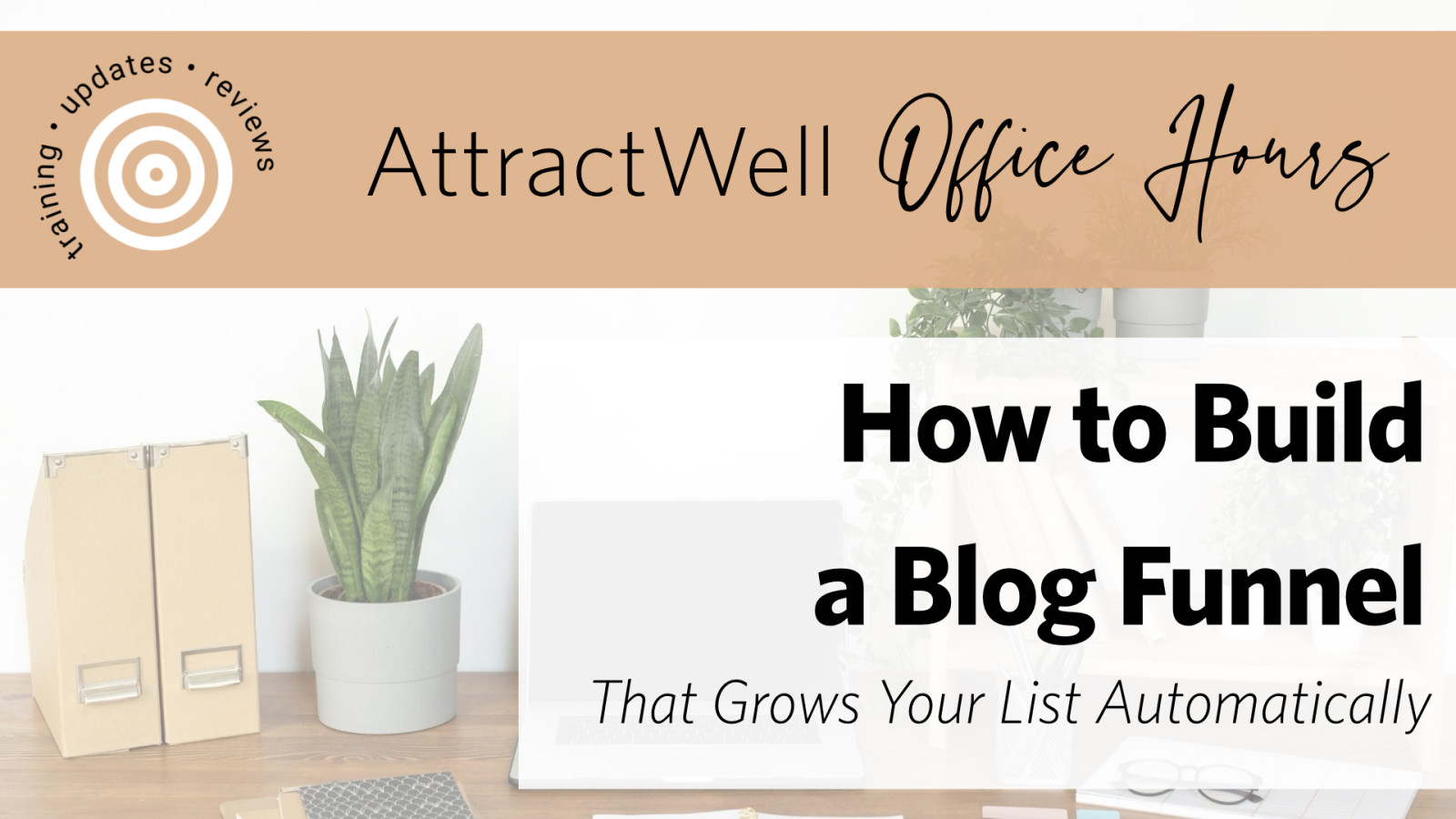
If you’re publishing blog posts, podcast episodes, or long-form videos—even occasionally—you already have everything you need to start growing your list.
But if you don’t have a system in place to turn readers into subscribers, you’re missing a huge opportunity.
This week on AttractWell Office Hours, we’re showing you how to set up a blog funnel: a simple, evergreen system that builds your list automatically and connects your audience with your weekly content in a more intentional way.
📌 This post is based on our live Office Hours training. You can watch the full replay below and download the resource bundle to get a complete example funnel you can customize and use in your own business.
New to AttractWell? You can use everything we share in this post with our all-in-one platform—no extra tools needed. Start your free trial here.
Why You Need a Blog (Even If You’re Not a Blogger)
If you host a podcast, run a YouTube channel, or publish your content on a third-party platform—you still need a blog.
Not because you’re trying to become a writer, but because your business needs a home base that works for you long-term.
Here’s the truth: Platforms like Apple Podcasts, Spotify, and YouTube are great for discovery—but they’re not where you build your list, convert leads, or guide someone toward your offers. They’re not your platform. Your blog is.
When you publish a new episode or video, don’t just share a link. Create a blog post that:
- Embeds your podcast or YouTube video (AttractWell blogs support both)
- Includes a short summary, transcript, or additional resources
- Links back to your landing pages, offers, or consult invites
This does three important things:
- It points your audience back to your website (where you control the experience)
- It helps search engines index your site (through backlinks and consistent updates)
- It gives every piece of content a permanent, branded home you can link to
Think of your blog as your content archive and relationship builder. Create one blog post per episode or video, and always link back to that post from your show notes, video descriptions, and email updates. This simple practice drives traffic to your website, strengthens your brand, and helps turn casual viewers or listeners into subscribers and clients.
Why a Blog Funnel Belongs in Every Online Business
Whether you’re a coach, creator, consultant, or service provider, your content should be doing more than educating—it should be helping you grow your audience and deepen trust. That’s where a blog funnel comes in.
A blog funnel helps you:
- Capture subscribers who want your content every week
- Segment your audience by interest or topic
- Warm up leads naturally without hard selling
- Make every post you publish part of your long-term list-building strategy
It’s one of the fastest, easiest funnels to create inside AttractWell—and it works whether you blog weekly or just plan to start.
What Makes a Blog Funnel Different?
Traditional lead generation funnels rely on a lead magnet—something downloadable, like a guide or checklist, to attract sign-ups. Blog funnels work differently: they let the blog itself be the offer.
Instead of asking someone to download something, you’re inviting them to subscribe to ongoing content that provides value over time. This type of funnel:
- Doesn’t require asset creation (you already have the content)
- Fits naturally with podcast, YouTube, or written blog workflows
- Feels low-commitment for your audience—but high value when done well
It’s a perfect “always on” funnel that you can promote in your link in bio, inside your blog posts, or on social without needing a big launch.
The 3 Components of a Blog Funnel (and Why They Matter)
All blog funnels include three basic parts: a landing page, a campaign, and a confirmation page. But what makes this funnel so effective is how you use them together to create a relationship—not just deliver a notification.
1. Landing Page
This is where your audience signs up. Unlike a lead magnet page, it’s not about promising a single result—it’s about inviting someone to be part of your content journey.
Your blog funnel landing page should:
- Match the branding of your blog or show (logo, title, tone)
- Set expectations about what they’ll receive and how often
- Include sample topics or themes you regularly cover
You’ll connect this page to a tag that segments your blog subscribers and attach your nurture campaign so they hear from you immediately.
2. Campaign
This is where most blog funnels either fall flat—or shine.
At a minimum, you should send a Day 0 email confirming the subscription, setting expectations, and giving people a way to connect with you.
But you can go further—and we recommend that you do.
A blog funnel is an ideal place to run a short nurture campaign: a sequence of 5–7 emails sent over the course of a week or two that help your new subscribers get to know you and engage more deeply.
In those emails, you might:
- Link to past blog posts that match their interests
- Share a quick story or case study
- Invite them to reply, follow, or join your group
- Offer a 1:1 consult or soft CTA to explore your services
Want to automate the next step? Use automation links in your emails to move subscribers into a more specific campaign—like a sales funnel, consult invite, or event reminder.
3. Confirmation Page
This is the “you’re in!” moment—and it matters more than most people think. It should confirm their subscription and tell them what to expect next. Optionally, link to a featured post or your blog archive to keep them engaged while they wait for the first email.
It’s also an opportunity to build trust. Make it personal, branded, and clear. This page is often overlooked, but when done well, it reinforces that your blog is something worth paying attention to.
Blog Funnel Example: “Recharge Weekly”
To help you see this in action, we’ve included a complete blog funnel example in the downloadable resource bundle. But here’s a quick look:
- “Recharge Weekly” blog for high-achieving women recovering from burnout. Topics include energy, boundaries, and sustainable productivity.
- Day 0 welcome + 5 follow-up emails over 10 days with stories, tips, past blog links, and an invite to book a consult or join a group.
- Encourages inbox check + links to most recent post to keep engagement high.
This setup took under 30 minutes to create—and it now runs in the background, capturing and nurturing new leads every week.
How to Use This Funnel in Your Business
You don’t need to be a prolific blogger to make this work. In fact, a simple weekly post—whether it’s a tip, a story, or a podcast embed—can be enough to keep your audience engaged and moving forward.
Here’s how to get started:
- Pick a blog or content theme you want to grow
- Use the resource bundle to model your funnel structure
- Create your landing page and campaign inside AttractWell
- Add your signup link to your bio, blog posts, and website footer
Over time, this simple system helps you build a segmented list of warm leads who are already engaged—and primed for your next offer.
🎥 Watch the Training Replay + Get the Resources
In this week’s Office Hours, we walk you through the blog funnel setup step by step and show you how to customize it inside your AttractWell account.
We also give you real-time examples of what to say, how to structure your emails, and how to connect this to a broader nurture or sales sequence—without adding overwhelm.
🚀 Work Smarter, Not Harder
Your content should do more than inform—it should convert.
With a blog funnel, you’re not just publishing into the void. You’re building a list, warming up leads, and creating a simple system that works while you do other things.
👉 Start your free trial here to build your blog funnel with one platform that handles it all.
📅 Join us for Office Hours to get live support, weekly training, and step-by-step guidance to grow your audience—without extra tech or tools.
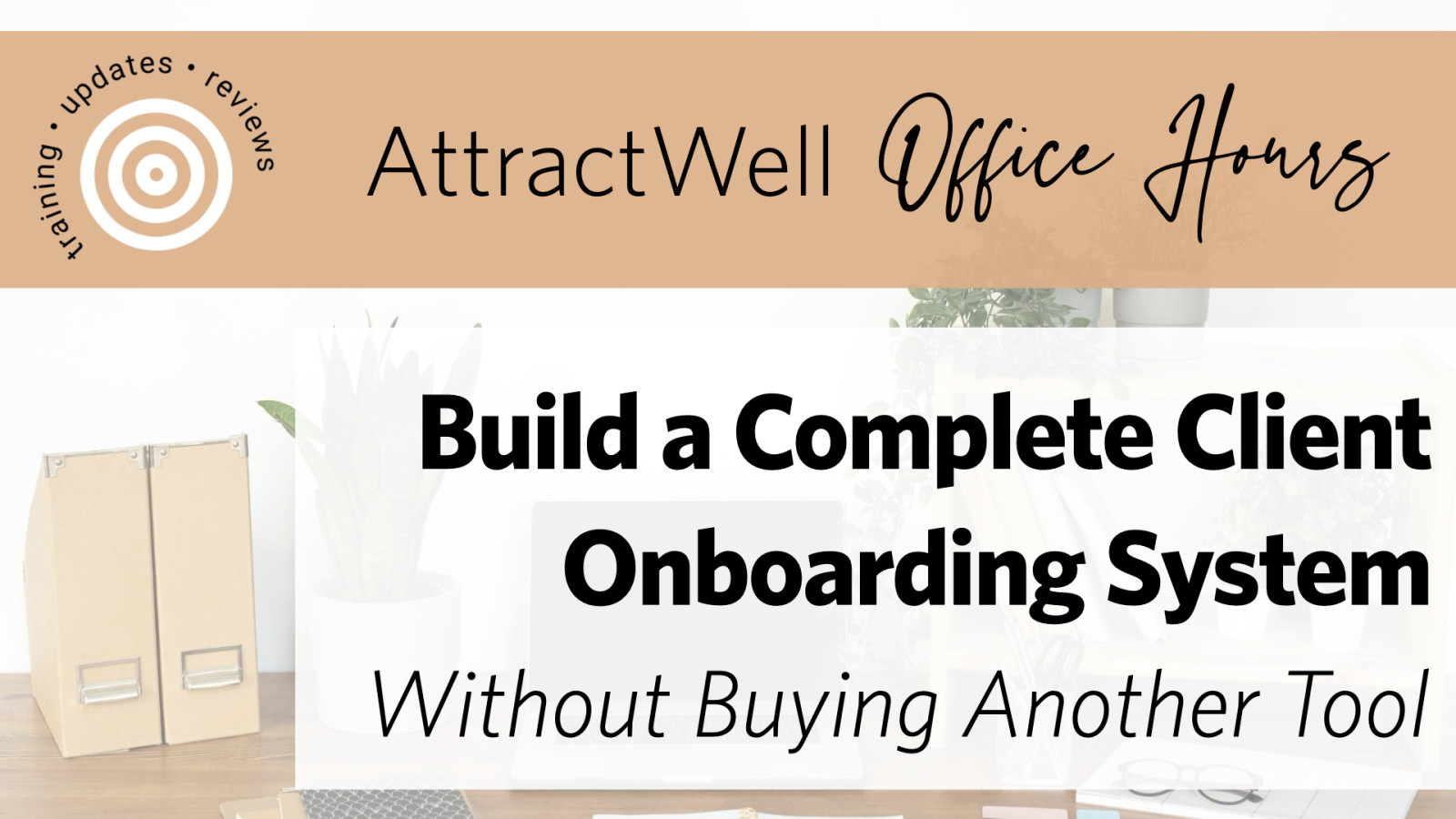
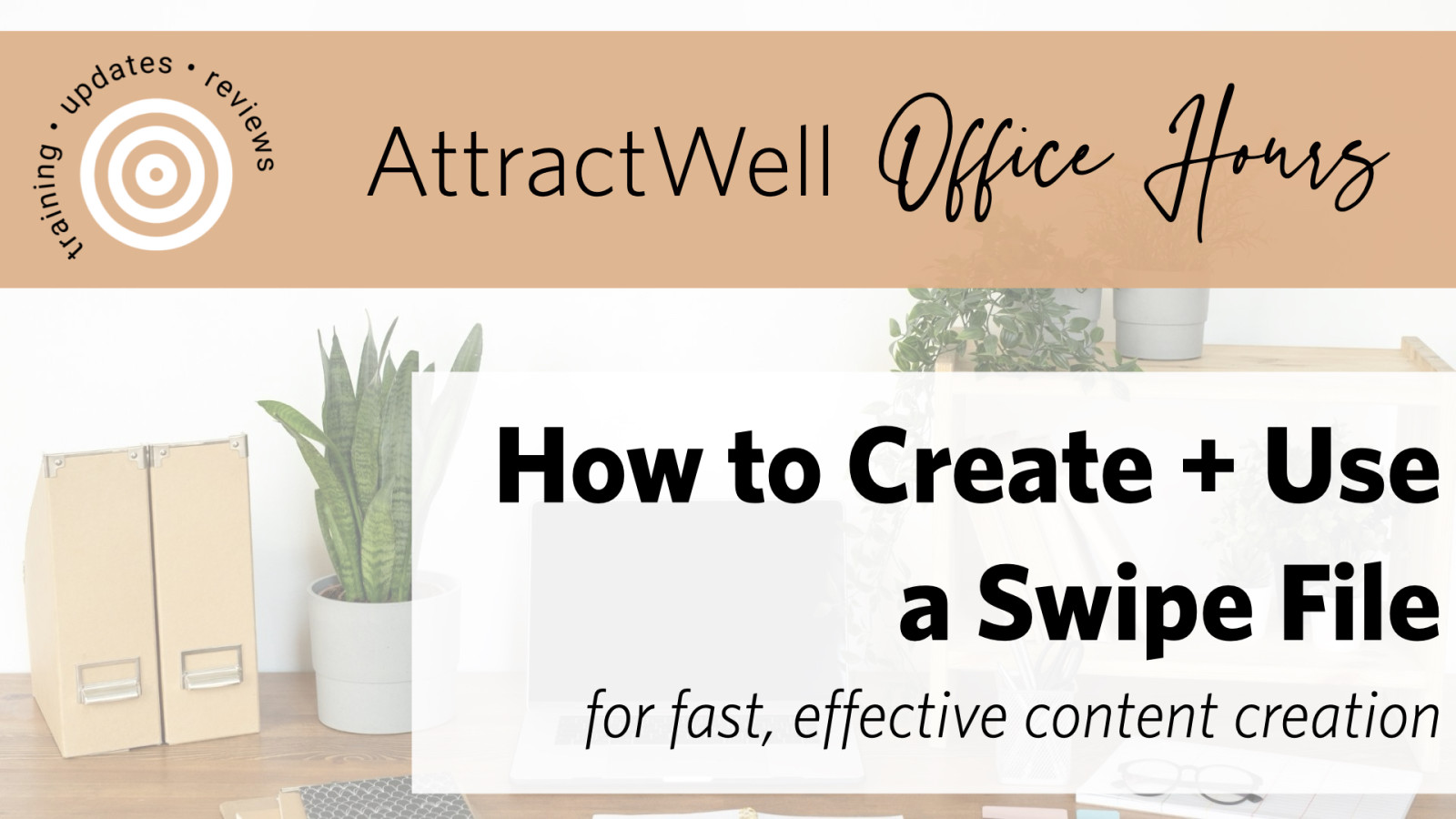
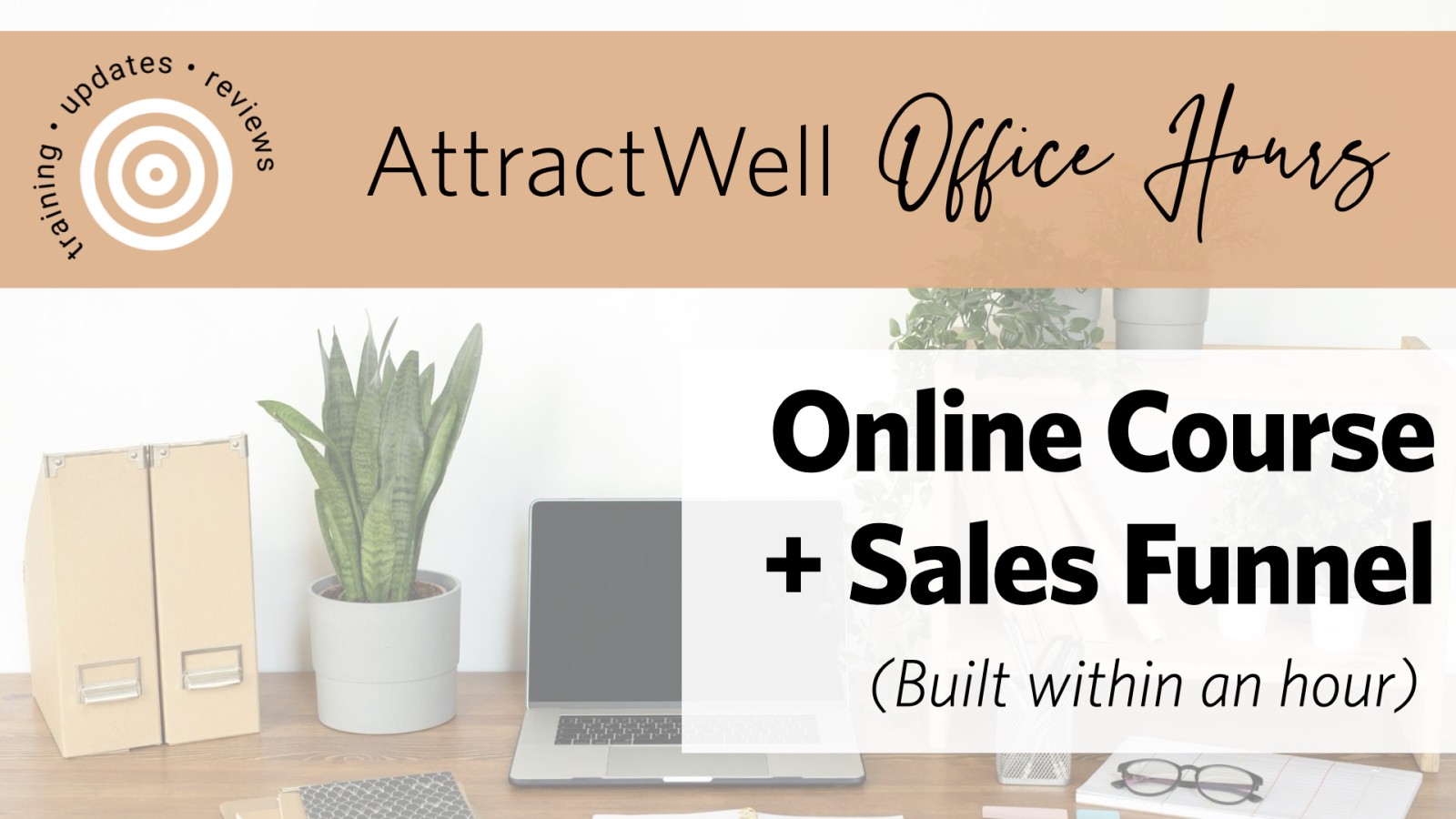
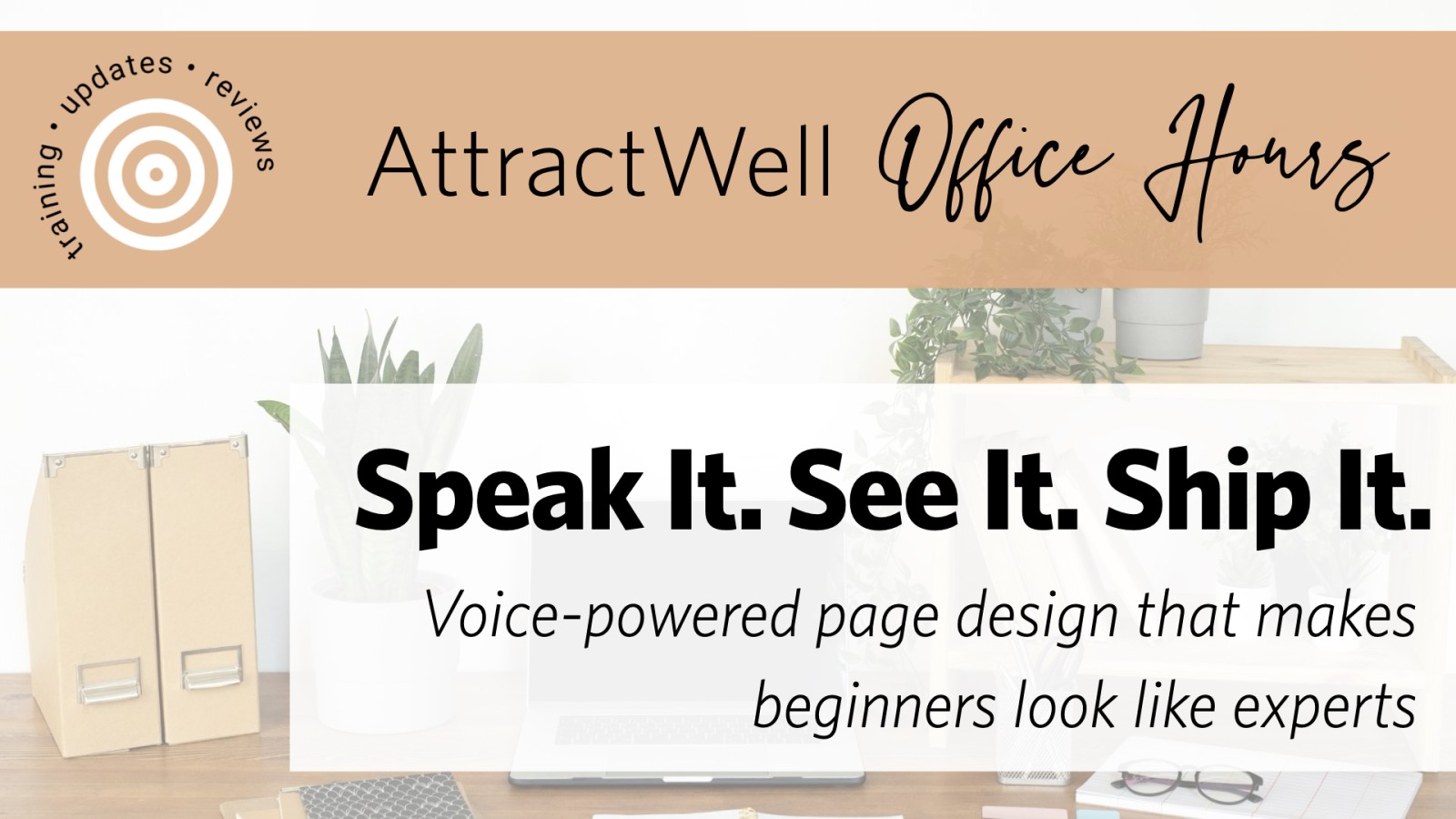
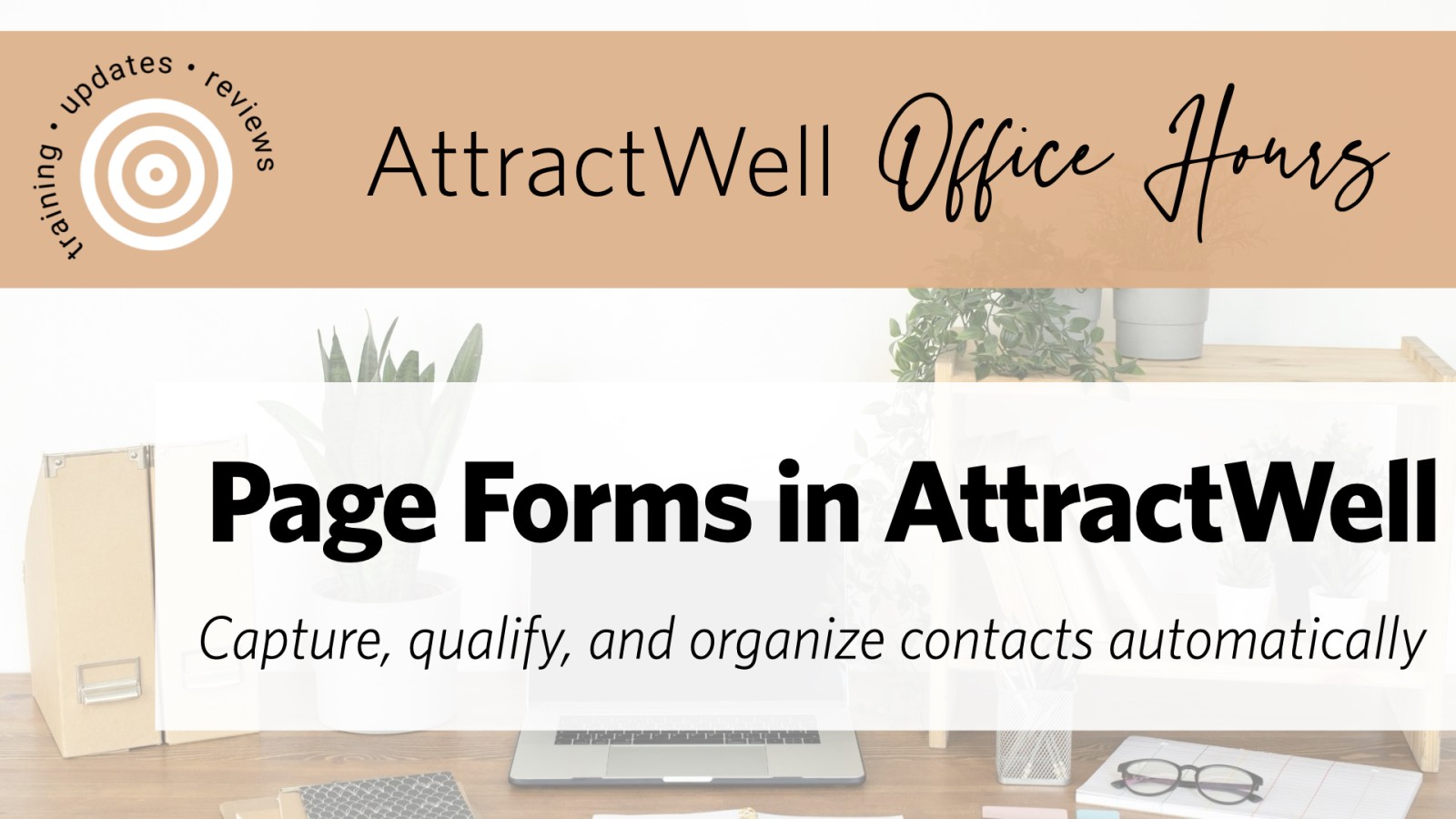
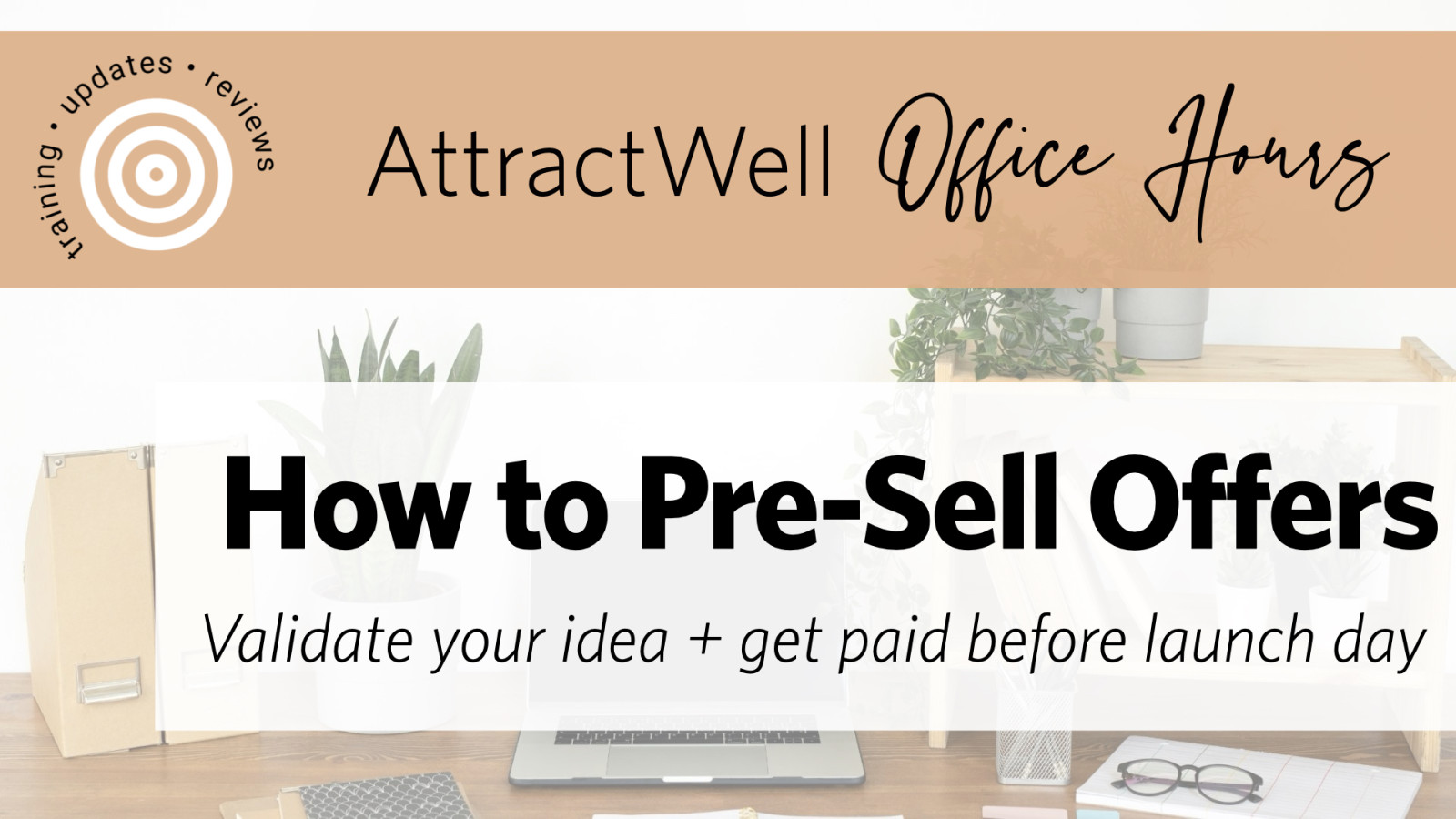
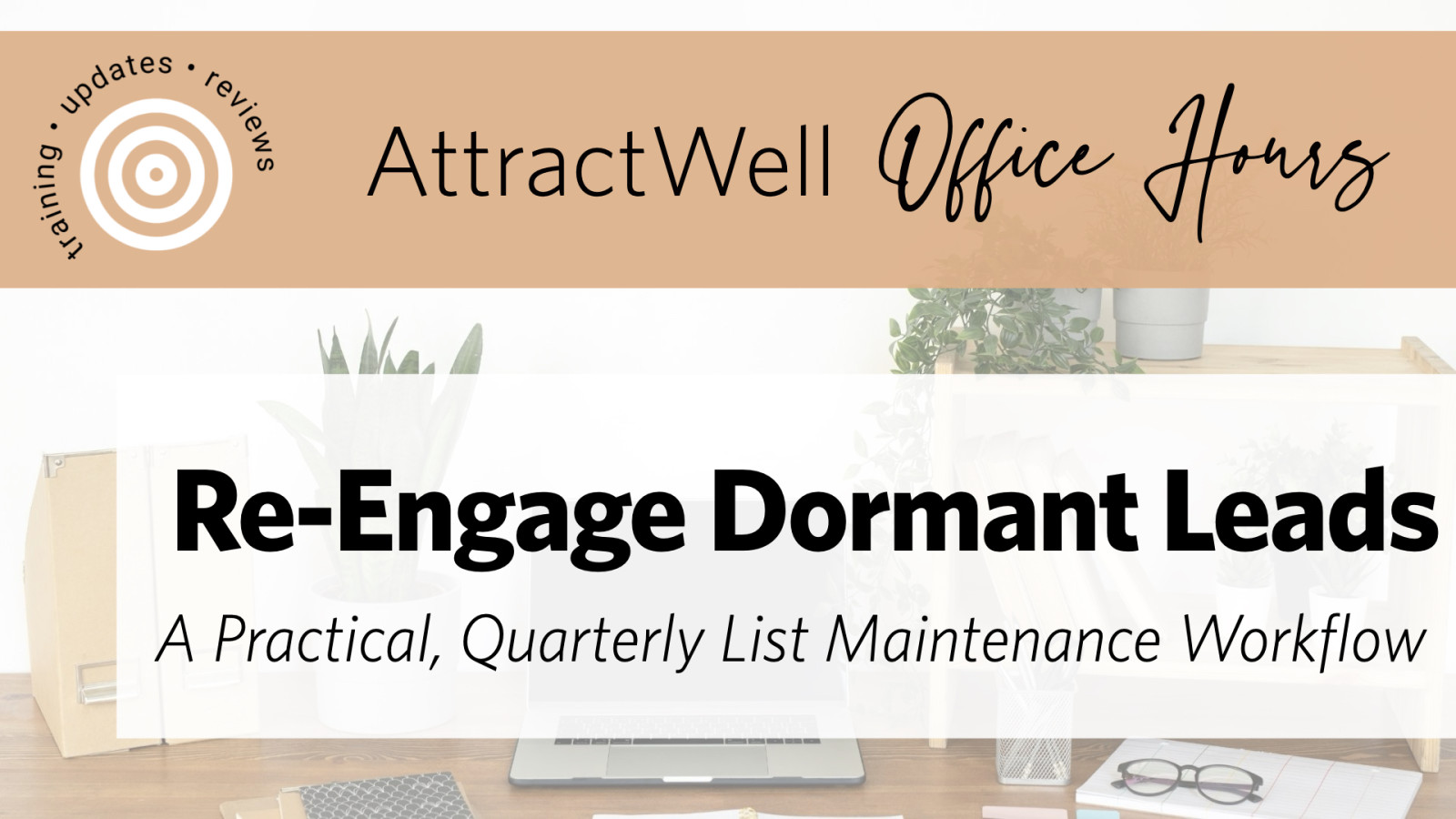
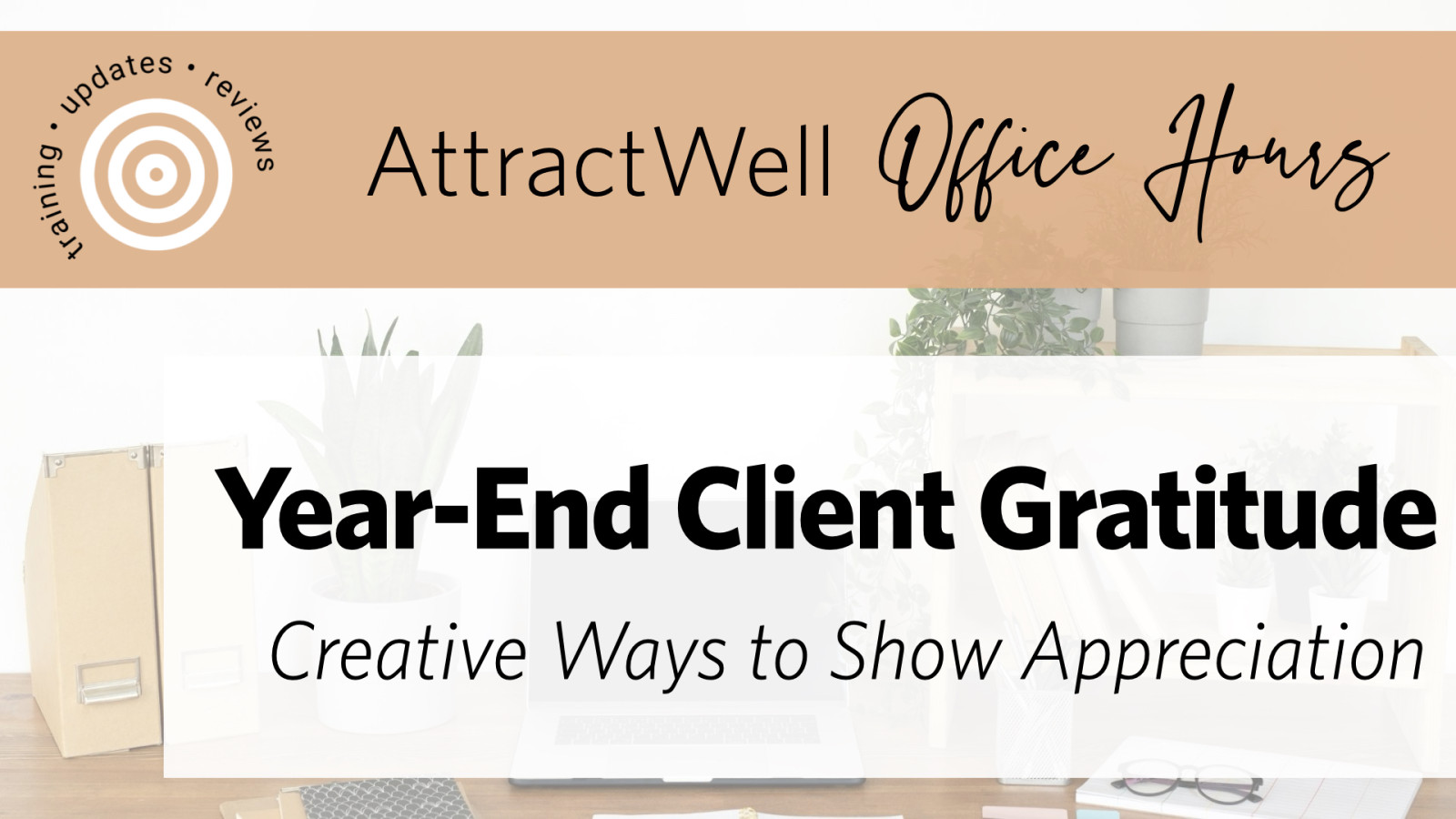
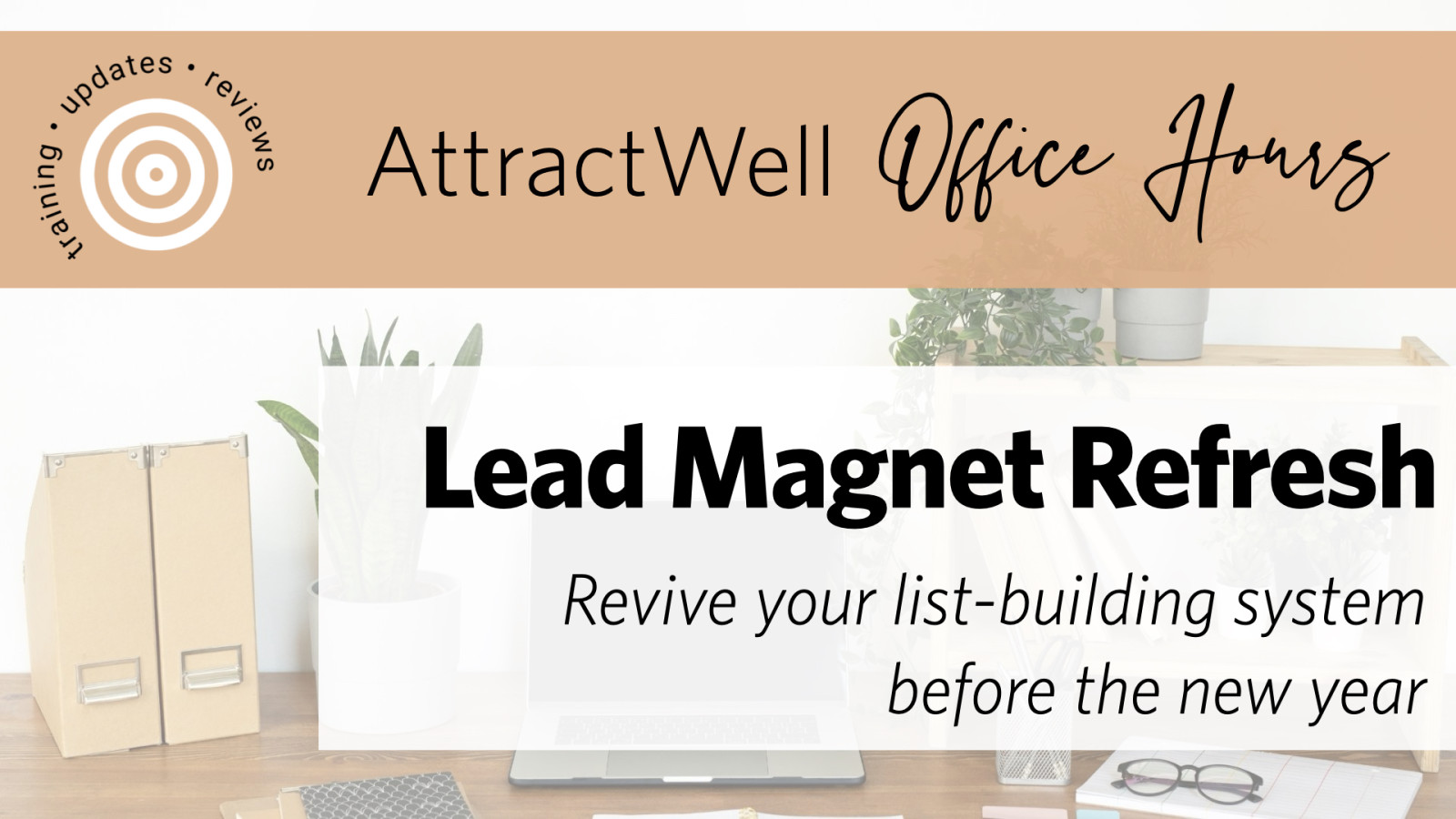
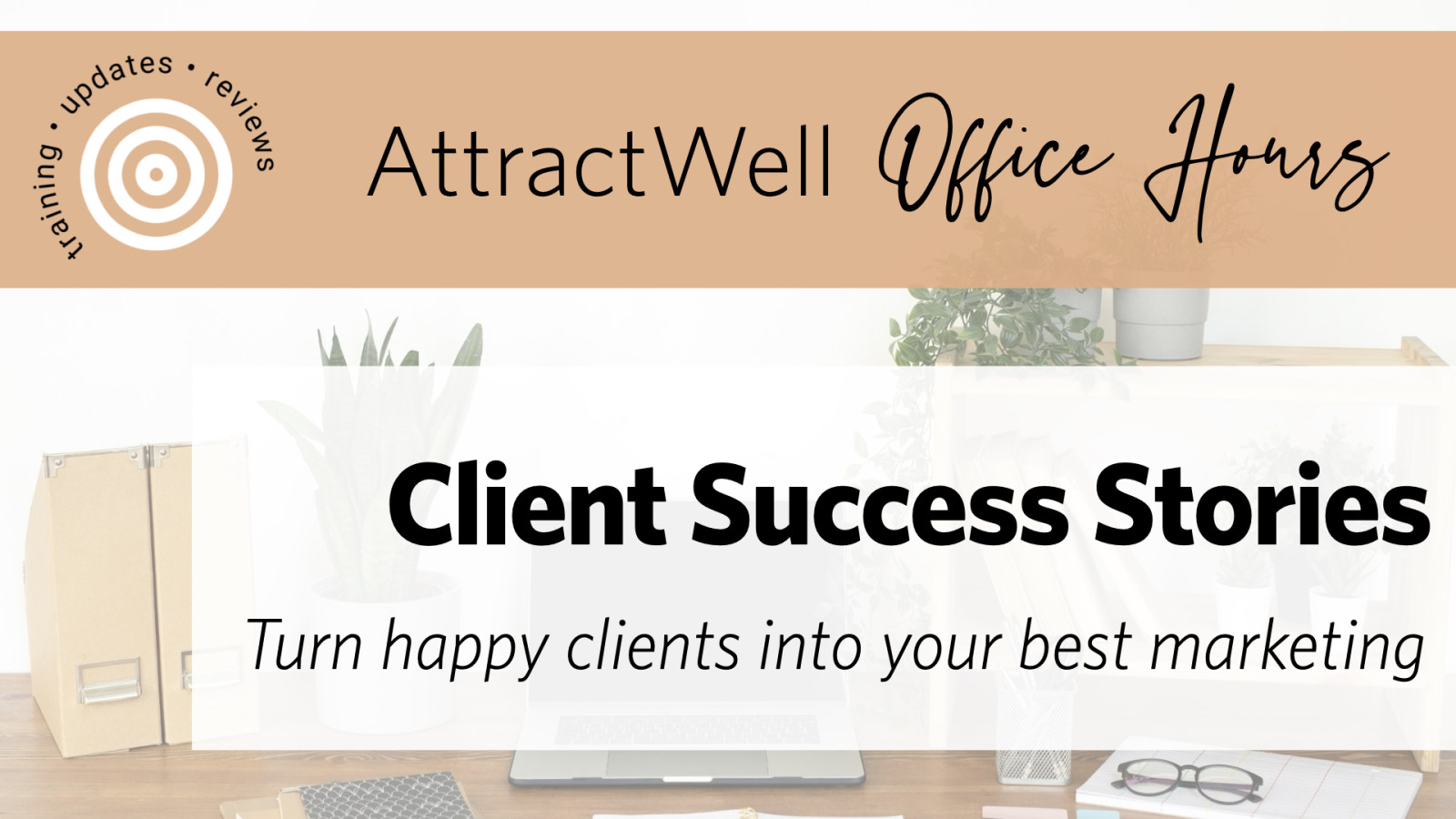
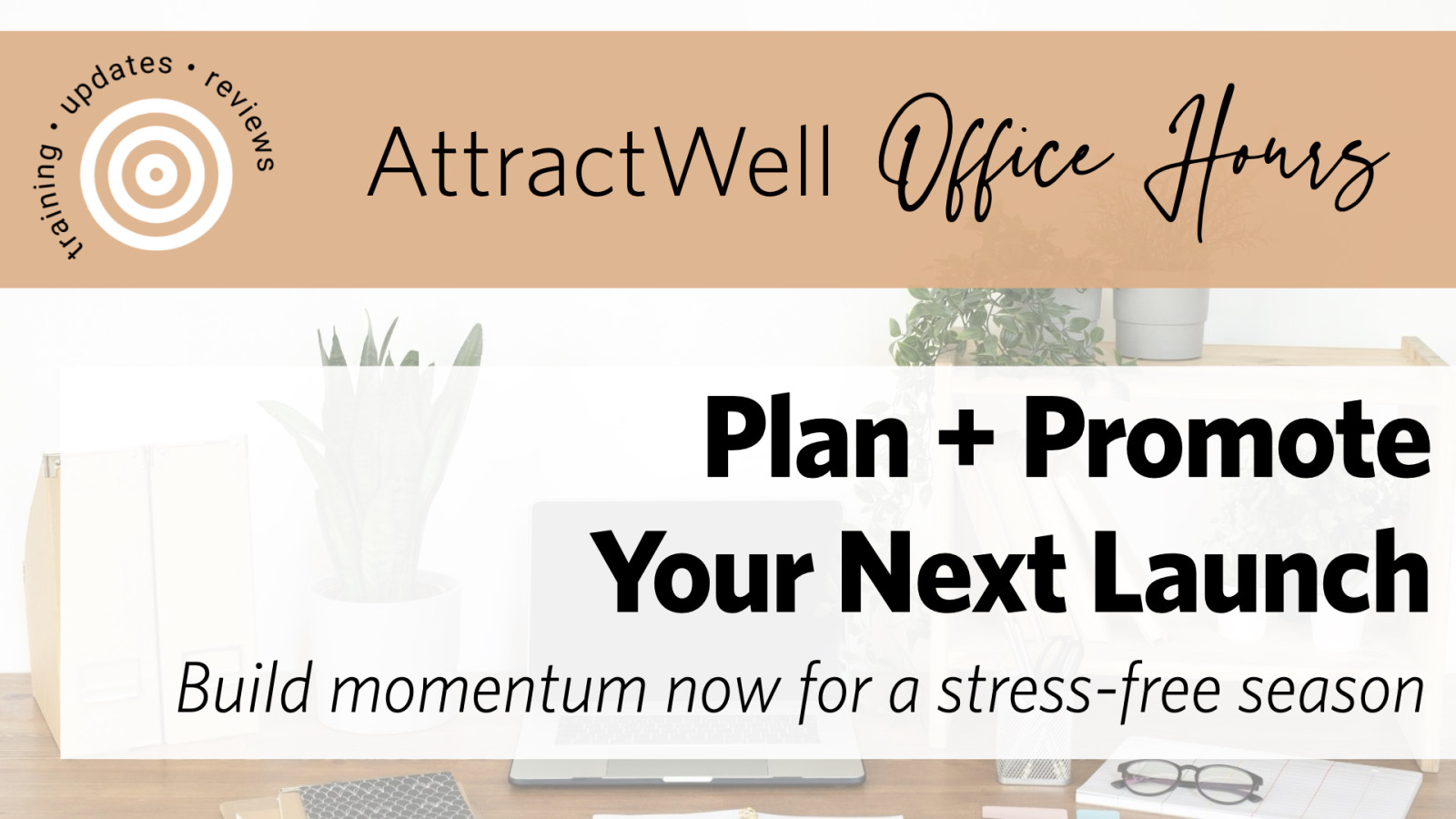
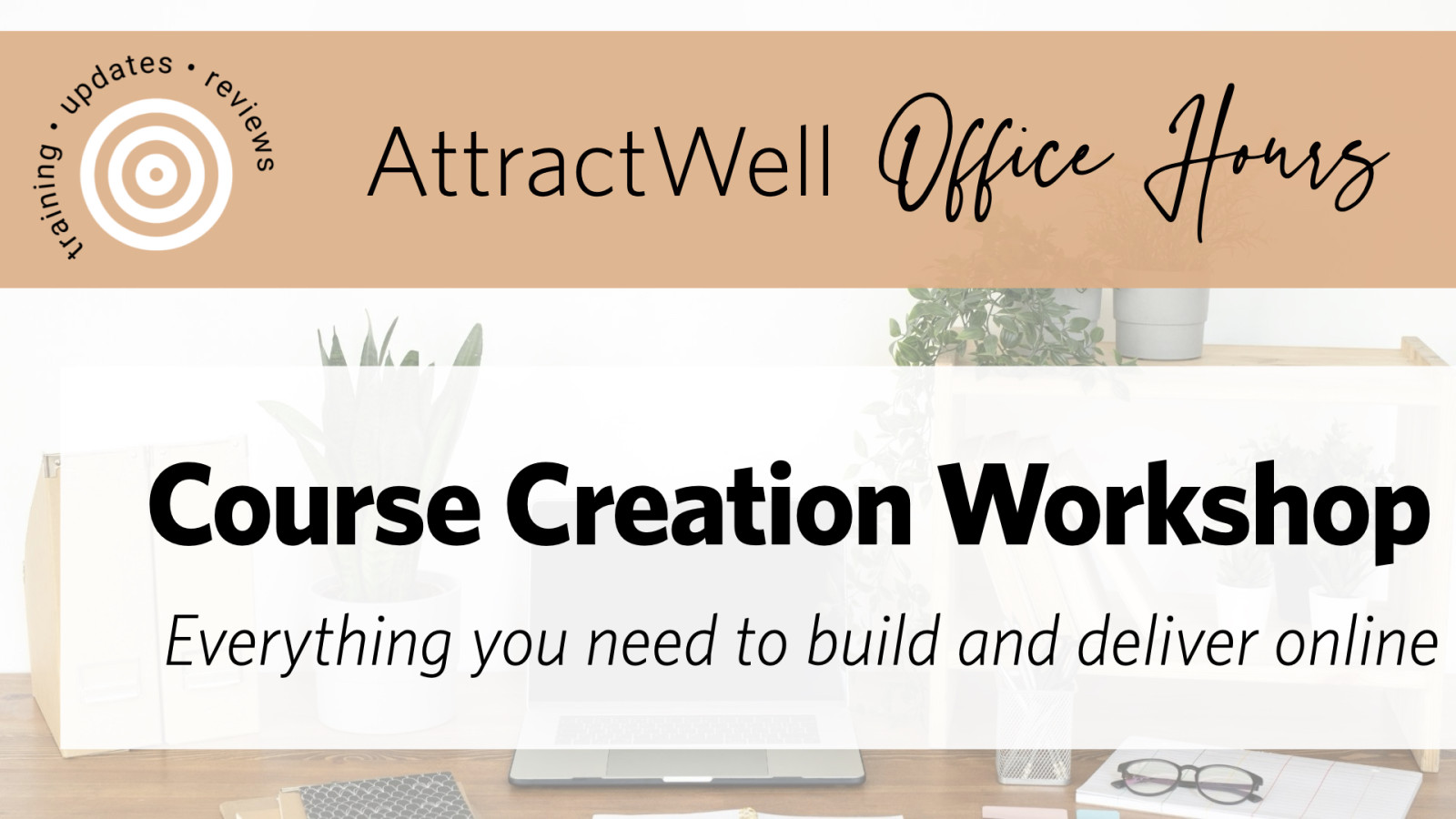
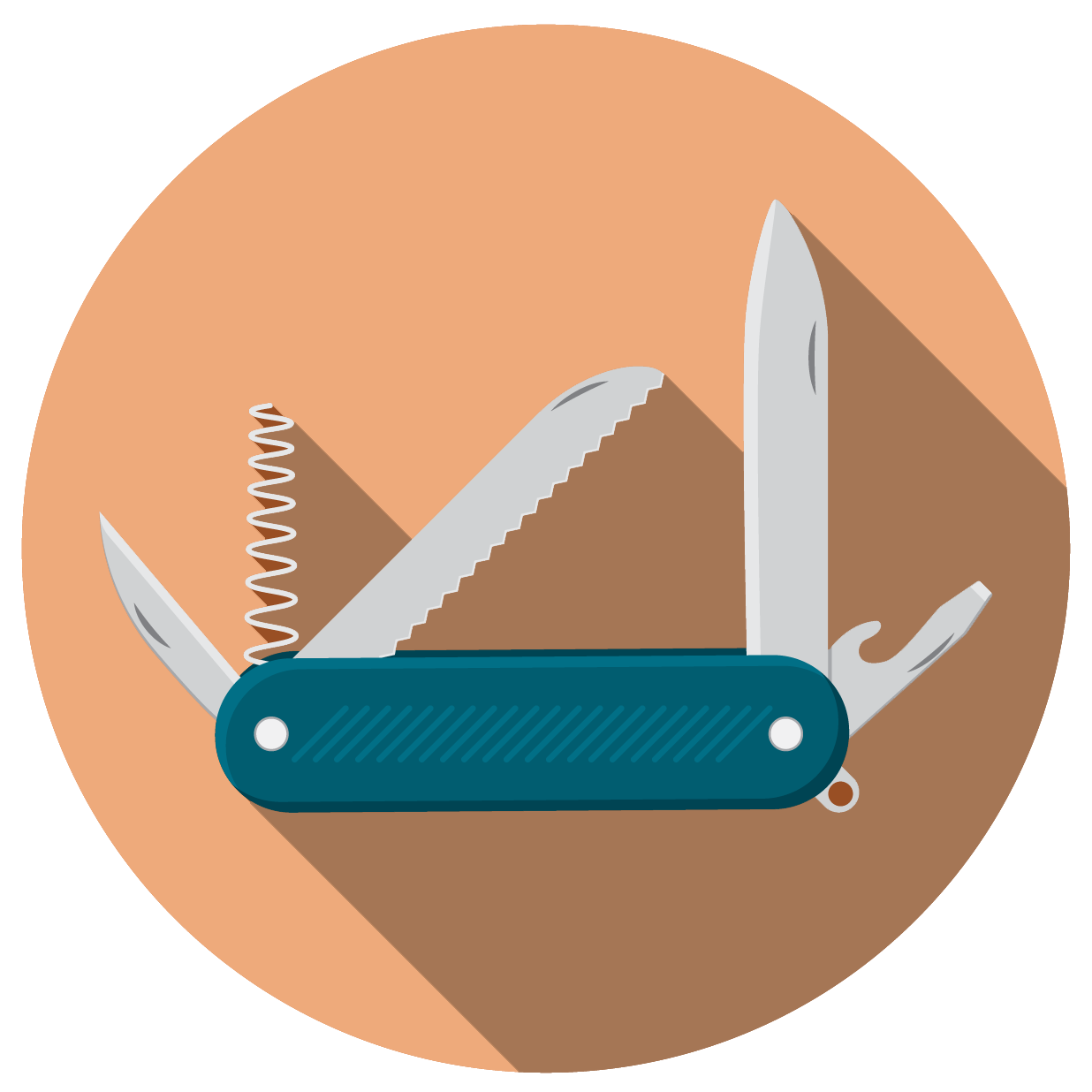
0 Comments